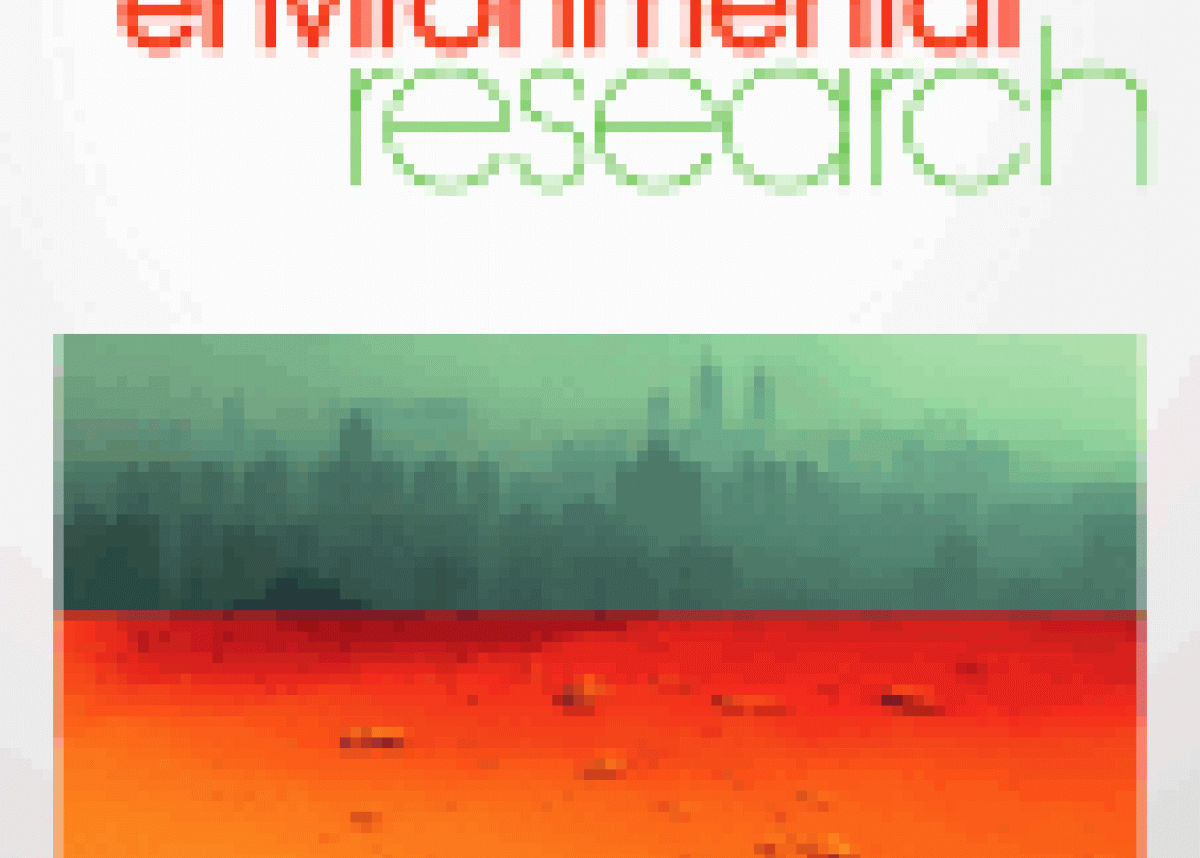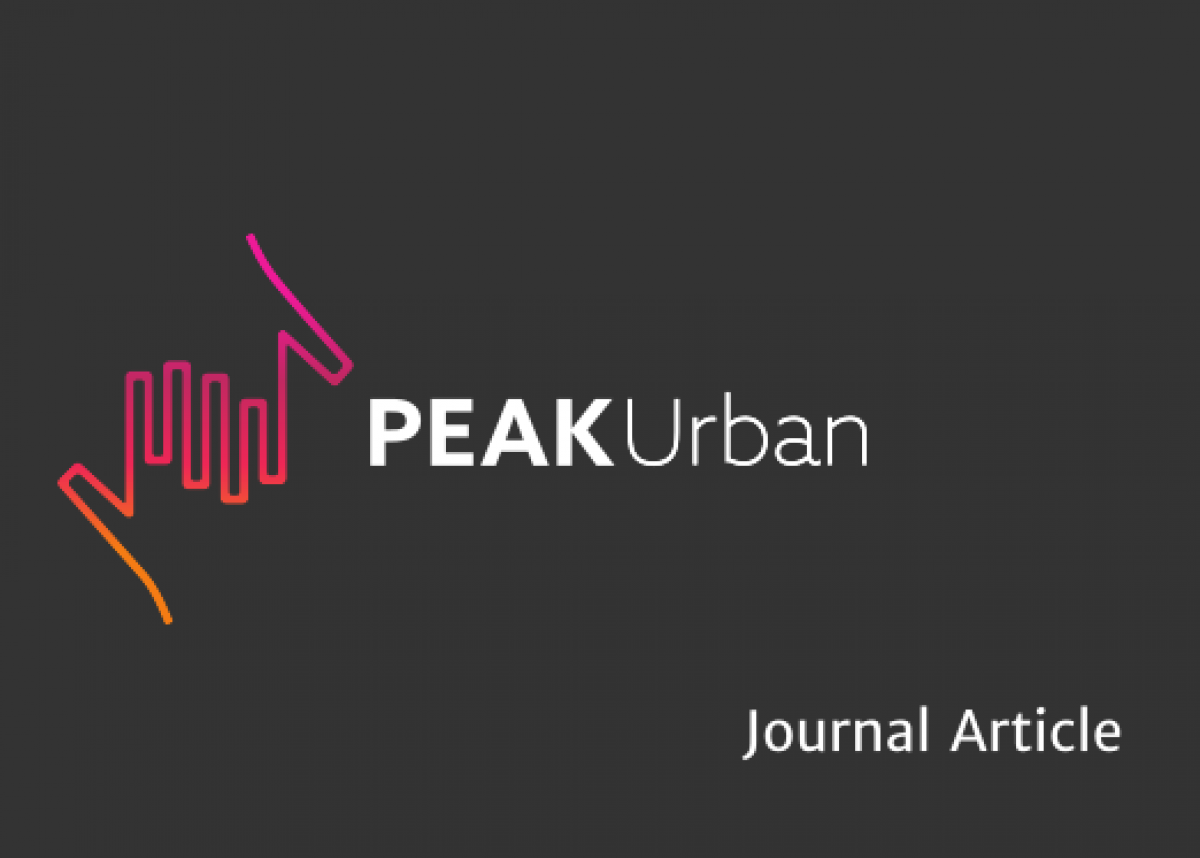
The Effect of the Built Environment on the COVID-19 Pandemic at the Initial Stage: A County-Level Study of the USA
The COVID-19 pandemic affected how people interact with the built environment and ways of human habitation are facing significant challenges. However, the existing literature has not adequately addressed how the built environment affected the early prevalence of the pandemic.
This research aims to extend the existing literature by relating the initial stage pandemic conditions with more comprehensive measures of the built environment including density, diversity, road network, and accessibility at the county level across the United States and conducting bi-weekly comparisons.
We collected infection, death, and mortality data in 3141 counties between 1 March to 8 June 2020 and collected seventeen built environment attributes.
Our results show that: (1) Road density and street intersection density were significantly associated with the infection rate; (2) Population density only maintained a positive correlation to the prevalence of COVID-19 during the first two weeks, after which the relationship became negative; and (3) Transit accessibility also contributed significantly to the pandemic and the accessibility of transit-oriented jobs was highly correlated to the infection rate in the first two weeks.
The study provides valuable insights for policymakers and stakeholders to adopt resource allocation strategies for context-specific conditions.
(This article belongs to the Special Issue Sustainable Cities in the Pandemic Era: Rethinking Transportation, Land Use, and Health)
